Hey there, wedding enthusiasts! Ever wondered about those old-world, symbolic Celtic weddings graced with a touch of magic? The kind that whispers tales of eternal love and dances to the rhythm of ancient melodies? Well, brace yourselves, we got quite an adventure for you!
Welcome to a world where traditions elegantly tango with time, and knot-tying becomes literal- yes, they literally tie the knot. We’ll dig deeper into the always intriguing handfasting ceremony. Don’t know what it is? Oh, you’re in for a surprise!
Ever marvelled at the poetic charm of Celtic wedding regalia? Those oh-so-mystical Claddagh rings are more than a pretty orbit for your finger! Let’s decode their meanings together.
And hey, remember when we talked about dancing? Boy, do Celts know their moves. Irish music will draw you into a celebration like never before.
Oh and did we mention horseshoes and bells? Folklores and whimsy are up on the menu. From sweet quirks to fascinating ancient matrimonials governed by Brehon Laws – we’ve got it all.
So let’s embark on this deep dive together into the heart of Celtic wedding culture – their symbols, their stories, their soul. Sneak with me behind that emerald veil and let’s unlock those Celtic secrets together!
The Rich Tapestry of Celtic Wedding Traditions
We love modern weddings, don’t get me wrong. But let’s go retro for a moment, shall we? Taking a time machine back to centuries-old traditions can illuminate us about today’s practices and infuse our events with ancestral wisdom.
Remember, there’s magic in old dust! Let’s dip our toes into the rich Celtic wedding traditions that have managed to romance the sands of time.
With roots tangled passionately across Brittany, Cornwall, Ireland, Scotland and the Isle of Man, Celtic rites are like a cultural poetry flowing from the lips of history.
Whether they’re whispered amidst quiet glades or roared on wind-swept cliffs, these strands of ancient wisdom handed down from yesteryears offer more than just historical depth. They tie an irremovable knot between past and present, painting the celebration of love with deeper hues.
The beauty of Celtic traditions is just how tangible they are in our contemporary rites. From thumping Irish music to memorable handfasting ceremonies; there’s so much texture and flavor nestled in these age-old practices.
And you know what? They’re not just “quaint” remnants of a bygone era- they connect us with the sacred rhythm of life as it was celebrated centuries ago.
Think about it: every cherished Celtic tradition you weave into your wedding day adds another stitch in the fabric of history, giving it a whole new level of significance. Now isn’t that an enthralling thought?
TL;DR: Celtic wedding traditions provide profound depth and cultural richness to modern weddings. They form fascinating links between the past and present, infusing nuptials with enriched meaning and timeless allure.
The Handfasting Ceremony: Tying the Knot, Literally
So, you’ve been dropping the phrase “tie the knot” quite a bit since you got engaged, haven’t you? Well, Celtic weddings take this to heart – literally. How about lending something borrowed from their ancient traditions in your wedding?
Let’s jump right into what we call the handfasting ceremony. A key piece of a Celtic wedding’s ornate puzzle. You see, it’s where two becoming one gets an artsy twist.
The couple’s hands are bound together (don’t fret – not for life) with a ribbon or cord. This looped artistry signifies their promise—a promise to stand together through thick, thin and everything in between.
Imagine standing there on your big day, while your hands wrap themselves around each other, replicating your hearts! Ahem – your guests might need an extra tissue or two when they see this happening.
By embracing this heartfelt ritual in your vows—you’re not just nodding to history. Instead, you’re recreating a time-honored tradition and carrying its essence forward.
No matter what comes at you thereafter—sunny days or stormy nights—you’ve got something tangible to remind you both of the promise once made under the vault of heaven glimpsed through misty eyes and nervous giggles.
TL;DR: The handfasting ceremony is an iconic Celtic tradition that literally symbolizes tying the knot. It tangibly underpins a couple’s commitment to staying together come rain or shine.
The Mystical Charm of Celtic Wedding Regalia: Claddagh and Knot Rings
Whether it’s a movie night conversation or a proposal, the universal language of bling typically does the talking. But have you ever looked at a piece of jewelry and realised it has more stories to tell than a Tolkien epic? Allow me to introduce you to our sparkling star of the day – Celtic rings!
Now, these are not your garden-variety rings. Oh no! Their silent symphony lies in that intricate design twirling around the band, whispering tales of ancient Celt spirituality and their unique outlook on love and life.
Feast your eyes first on Knot Rings, fairytales forged from gold and silver. Those entwined patterns aren’t merely for show; they suggest an unbroken cycle, encapsulating eternity—think everlasting love, without the vampires.
Our second marvel is the uber-romantic Claddagh ring. This Irish darling traditionally displays two hands holding a crowned heart – three symbols portraying friendship (hand in hand), loyalty (crowned dedication) and love (a heart thumping-throbbing). Talk about wearing your heart on your sleeve…or finger!
Complement these tokens of love and honor with your wedding attires or even adopt them as engagement ring options. It’s unique, it’s meaningful, and hey, it’s heckin’ pretty.
TL;DR: Celtic knot rings and Claddagh rings boost the wedding bling game with deep-rooted cultural symbolism. They coded embodiments of love eternal, friendship unshakeable, and loyalty invincible.
The Rhythm of Love: Exploring Traditional Irish Wedding Music and Dance
If you think wedding receptions are just about ticking the mingle-eat-dance boxes, darling, we need to have a talk! Add to the mix Celtic traditions, and you’ve got yourself an unforgettable fiesta brimming over with foot-tapping melodies and frolicking moves.
Let’s talk jingles first. Picture this (okay, don’t actually picture this; instead, immagine it in your mind): A local band straddling traditional tunes and modern rhythms, blowing life into flutes and violins, or coaxing notes from an Uilleann pipe (it’s Irish, by the way!).
Yes, that’s what we call the perfect soundtrack to your happily-ever-after début!
But hey! The music is only half the fun in an Irish wedding jig. Now we add in those sprightly whirls and twirls – spellbinding spectacles that make Celtic wedding dances so deliciously infectious.
So here’s a tip from us to you: Whether you’re planning your wedding or attending one, clear some floor space cause when these intoxicating tunes hit your ears – honey, you’re gonna be swept off your feet!
So break free from traditional DJ playlists and dance routines. Usher in something refreshingly different with unique native beats that could have come straight from an ancient Celtic party!
TL;DR: Traditional music and dance play a front-and-center role in Irish weddings. Local bands deliver vibrant performances that set the tone for lively celebrations.
Quirky Irish Wedding Practices Explained: From Horseshoes to Bells
Is your quirky side shouting for something offbeat at your wedding? Well, then these unique and fun-filled Irish traditions have got your back! Top of the morning to you – let’s dive into horseshoes, bells, and weather miracles!
Firstly, the horseshoe. In Irish lore it’s not just for shoeing Paddy the pony. Hang it over a door, and you’ve opened a gateway to good fortune! Truthfully told, who among us can resist the enchanting spill of good luck tinkling down?
Next stop: bells. In an Irish wedding, they aren’t just cute decor. Ringing them loudly takes on a rather epic role – warding off evil spirits that might be lurking around with envy over your wedding cake deal.
Using bells as a table centerpiece at the reception or even as part of the bouquet has a dual purpose – yep – prettiness and protection!
Lastly (yes there’s more!), there’s this quirky ritual using the Child of Prague statue for weather control. And nope, I’m not making this up. People bury this little guy upside down in gardens hoping he’d sway modern meteorology their way. Can your weather app do that!
So go ahead, add these playful rituals with an Irish twist to dial down predictability and spice up things at your nuptial party.
TL;DR: Unconventional practices like horseshoe hanging for good luck, bell ringing to ward off evil spirits, and enlisting statues for sunny forecasts are part of the vibrant traditional Irish wedding canvas.
Digging Deeper into Ancient Irish Marriage Customs
Hello there, history buffs! Time to put on our archaeology hats and delve into ancient Irish marriage customs. Buckle up, because these aren’t your average “something blue” practices; we’re talking about laws that recognized trial marriages and protected gender equality in property ownership!
Think centuries back, in the era of the Brehon Laws. These legal scripts were less Hollywood scriptwriters and more champions of social rights, painting a refreshingly progressive picture of historical Celtic society.
Remember how modern society loves talking about “trial periods”? Well, seems like our ancient counterparts beat us to it! They had a unique way of approaching nuptials by allowing trial marriages – a relatively radical concept even for our modern norms.
And just when you thought it couldn’t get any more intriguing, enter: property rights. Yes, these laws upheld gender equality in owning assets within a marriage! How’s that for sticking up for women’s rights when they were barely acknowledged?
Unveiling these historical treasures is like holding a mirror to ancient Celtic society’s progressiveness. Moreover, it deepens our understanding of the evolution of social norms we embrace today, making Celtic weddings an embodiment of tradition and equality.
TL;DR: Ancient Irish matrimonial customs were surprisingly advanced for their time, recognizing trial marriages and upholding property rights equality among genders. Unraveling these practices gives us new perspectives on modern norms.
Celtic Calendar and Preferred Wedding Days
Real talk—picking the perfect wedding date is no small feat. So how about tapping into ancient Irish wisdom for advice? After all, their calendar had some pretty specific pointers on the ideal wedding days.
First off, brush aside any Monday morning blues along with a weekday wedding, because the Celtic cohort loved them a good Sunday celebration. And who could blame them? Guests are free, festive feels are high, and hey – extra time for the hangover cure is always welcome!
But spin that calendar wheel to May with caution! This is where things get a smidge superstitious. The month of Bealtane, symbolizing one of their fiery pagan feasts, was considered taboo for weddings! Seems like not all spring blooms were created equal in the Celtic lands.
So brides and grooms-to-be, while modern calendars might leave you circling dates in confusion, adding a love potion stirred with an old-world charm will definitely make it more exciting!
TL;DR: According to ancient Celtic preferences, Sunday was the ideal day for weddings whereas May was avoided due to its association with pagan festivities.
Exploring the Role of Fair Trade Gold in Celtic Wedding Rings
See more: 16 Celtic Wedding Rings To Express Eternal Love
Folks, here’s a sparkle you’ll want to fancy – we’re talking Fairtrade gold. Now, while that word “Fairtrade” might dance around your coffee choices, ever thought of how it could befriend your wedding bands?
Brew up a cuppa Joe and let’s spill some golden truths: In an era where every click, every choice matters, the world is inching towards more conscious living, more ethical shopping. So why should your special ‘sparkle for life’ remain untouched? Precisely!
Fairtrade gold doesn’t just gleam on your fingers; it works magic in the life of African and Peruvian gold miners!
Imagine this – you exchange vows holding rings that shine not only with careful craftsmanship but also hum with the positive impact on miner’s lives. Now isn’t that a story worth sharing?
Navigating down this responsible alley offers you a chance to vouch for human rights and make a difference – creating ripples travelling far beyond the altar! Next time when you hunt for the perfect Celtic wedding ring, give fair trade gold a go.
Pat yourself on the back knowing your monumental day contributed something remarkable too.
TL;DR: Fairtrade gold in Celtic wedding rings ramps up the ethical quotient by ensuring improved lives for miners. These unofficial ‘heroes’ help transform what could be just stunning accessories into symbols of transformative societal change.
Deciphering the Aesthetic: Celtic Knots in Wedding Rings and Tattoos
Alright, design aficionados – this one’s for you! We’re about to unearth the well-kept secrets behind those hypnotic swirls and loops adorning Celtic wedding rings and tattoos. Ready? Let’s jump in!
Celtic knots make us do a double-take, not just for their undeniably chic flair but for intense symbolism stashed within those twisted curves. In a nutshell, these are your visual metaphors representing an eternal journey of the soul and an unending love cycle.
Sweet, right?
But hold your breath because we’re veering from shiny bling to bold ink. That’s right, welcome to the realm of Celtic wedding tattoos. Wondering why couples are swooning over them? Well, it’s all about permanently imprinting a shared journey of love and discovery that the soul craves.
Whether it’s wrapping your fingers around gorgeous knotwork rings or etching striking designs onto skin, these symbolic treasures serve as constant reminders of time-tested wisdom and enduring love – with an added dash of style!
So give your wedding aesthetics a twist and turn with this personal rendition of ancient Celt philosophy. Because who said history lessons can’t be fashionable?
TL;DR: The intricate Celtic knotwork in wedding rings and tattoos signifies perpetual love and spiritual growth. Incorporating these designs enhances not just your bridal aesthetics but also lets history play a starring role on your big day!
Frequently Asked Questions
What does a Celtic Handfasting ceremony involve?
Handfasting is simply tying the couple’s hands together with a cord or ribbon to symbolize commitment. Not just grist for adorned Instagram feeds, folks, but a ritual upholding the promise to stick together through thick and thin.
Why do Celtic rings have knots and what do they imply?
Your eye for design just led you to something fantastic! Those artistic knots in Celtic rings aren’t mere artistic indulgence. They symbolize eternity, subtly hinting at an everlasting bond of love (with less sparkly vampires and more robust commitment).
What makes Claddagh rings so special?
Claddagh Rings are ultimate romantics! Each hand-carved element holds unique significance – hands for friendship, heart for love, and crown for loyalty.
How important is music in a traditional Irish wedding?
If by ‘important’ you mean ‘as essential as confetti at a party,’ then yes! Irish weddings are vibrant with local bands crooning classic Celtic tunes or Uilleann pipe players conjuring a festive atmosphere!
What are some unique Irish wedding characteristics?
Well, let’s see – horseshoes for luck, bells ringing out the evil spirits, and weather-controlling statues (yes, really!). Never a dull moment at an Irish wedding!
What were ancient Irish marital laws like?
Not half as stuffy as they sound! Ancient laws recognized various marriage types (trial marriages anyone?) and championed equal property rights among genders. A touch of equality never goes amiss!
Why avoid May for weddings according to the Celtic calendar?
There’s nothing wrong with May flowers – it’s just that Bealtane, a pagan festival celebrated in May, was considered unsuitable for weddings. Nuptials were preferred on Sundays. And you thought modern dating rules were complicated!
What’s the fuss about Fairtrade gold in Celtic wedding rings?
Not so much fuss as it is about impact! Choosing Fairtrade gold supports miners and their communities in Africa and Peru, making your ring more than a pretty accessory – it’s a radiant choice for human rights!
Why are Celtic wedding tattoos gaining popularity?
Gone are the days of matching heart tattoos! Modern couples love the idea of permanently etching symbolic Celtic knots signifying unending love and a shared journey of souls. Can’t argue with a statement inked in love!
Wrapping It Up
And there you have it, lovebirds – your personalized key towards understanding the rich and fascinating world of Celtic wedding traditions. We journeyed through a labyrinth of ancient customs, teetered between symbolism and aesthetics, and had a good look at how these traditions keep the Celtic culture vibrant and alive in modern times.
So whether you’re mixing in grandparent’s beloved customs, picking out ethically sourced Celtic rings, or permanent-inking your bond through tattoos – remember, it’s all about coupling your unique love story with heritage elements. Blessings for your new chapter, but remember, folks – keep the spirit of love afire and always be open to add a dash of historical charm.
- 18 Stunning Nautical Wedding Ideas: Setting Sail on Knot-Tying Bliss - September 25, 2023
- Glamorous Purple and Gold Wedding Theme Ideas - September 23, 2023
- Uncovering the Fascinating Italian Wedding Traditions and Customs - September 21, 2023

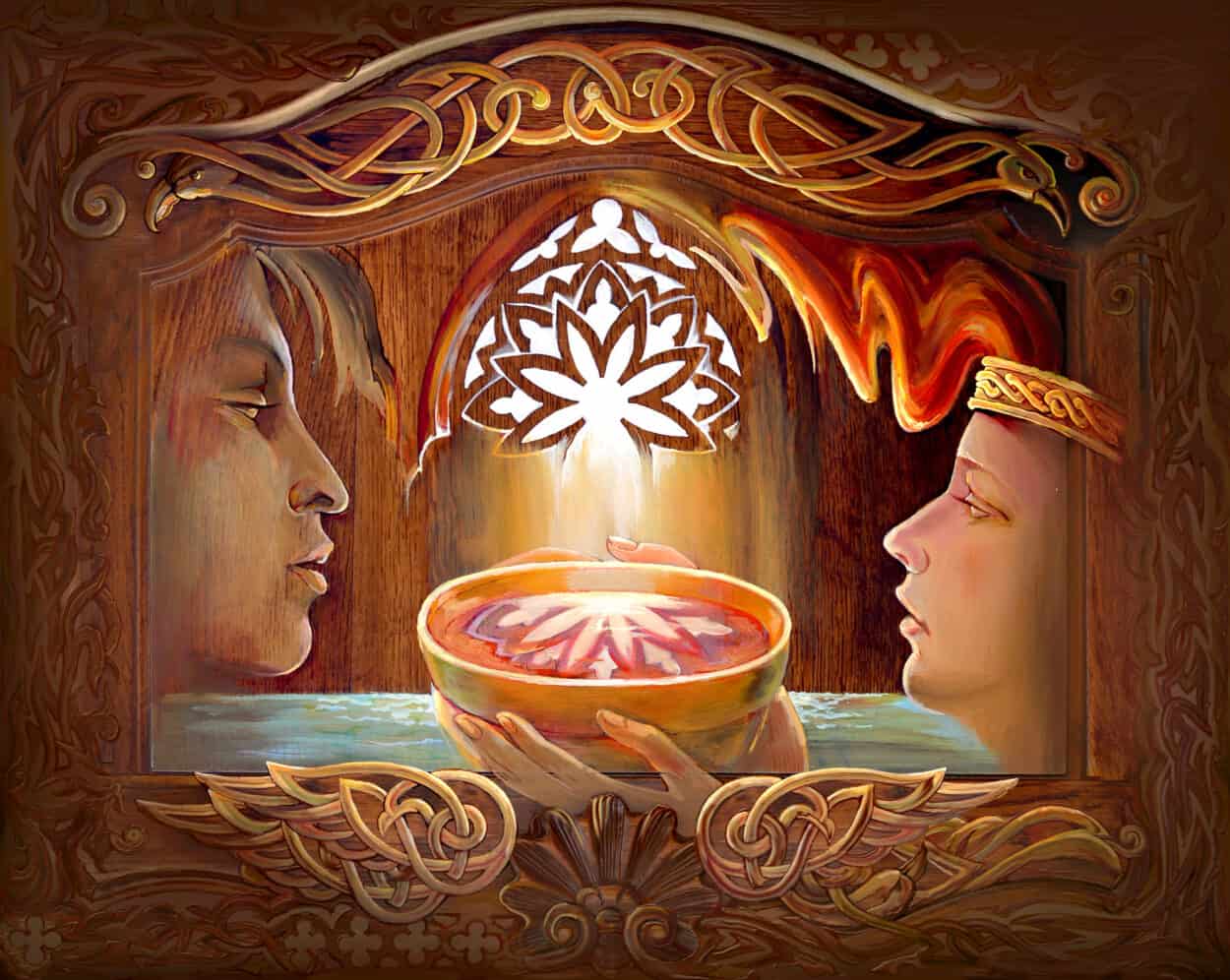
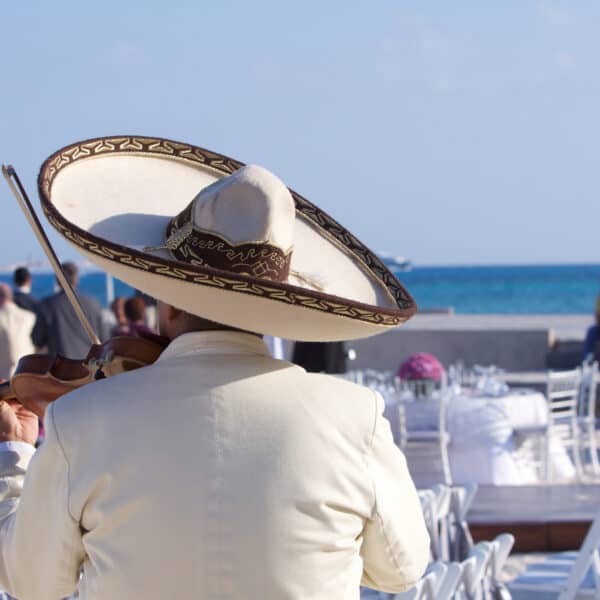
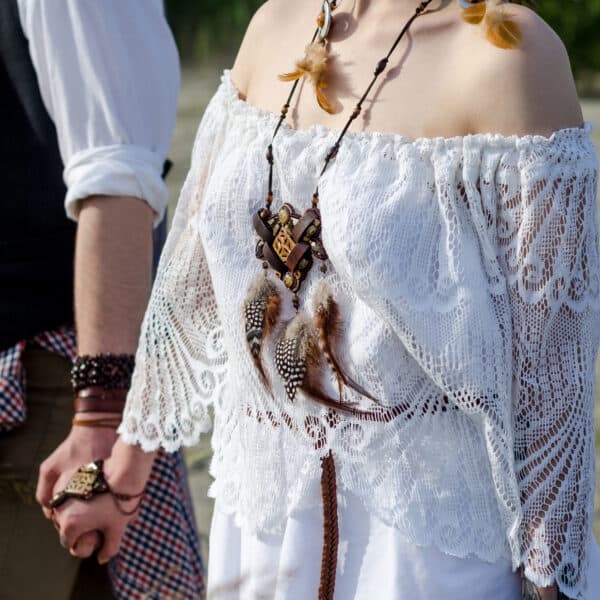
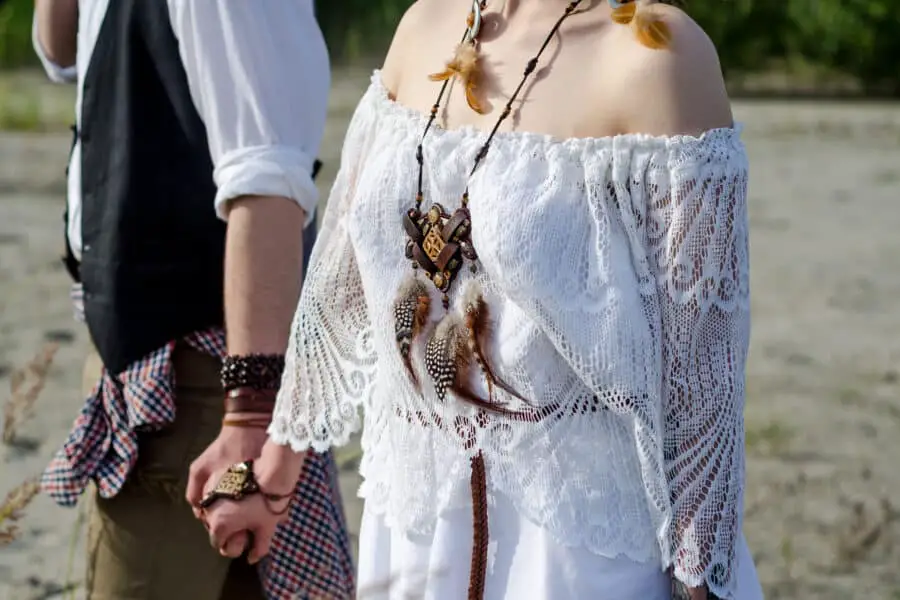
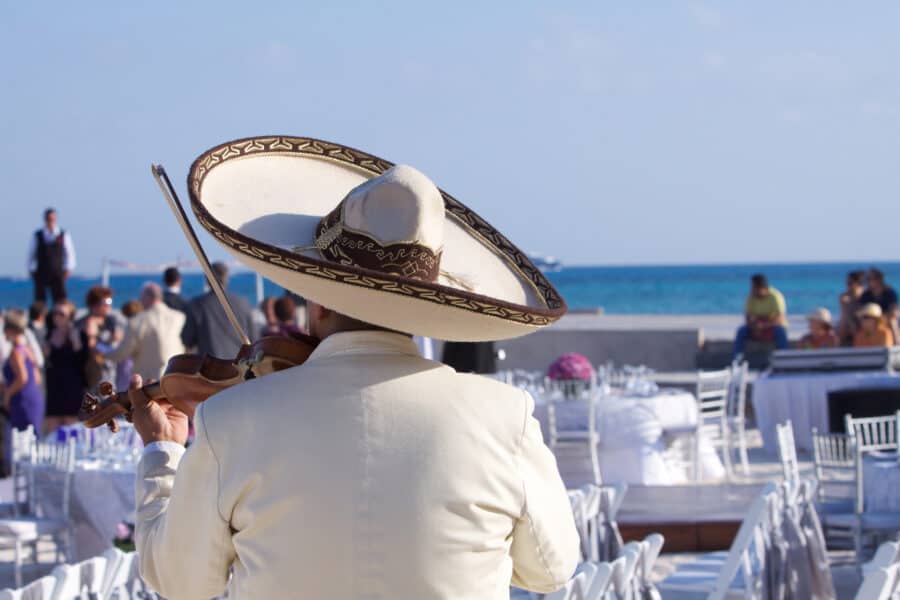
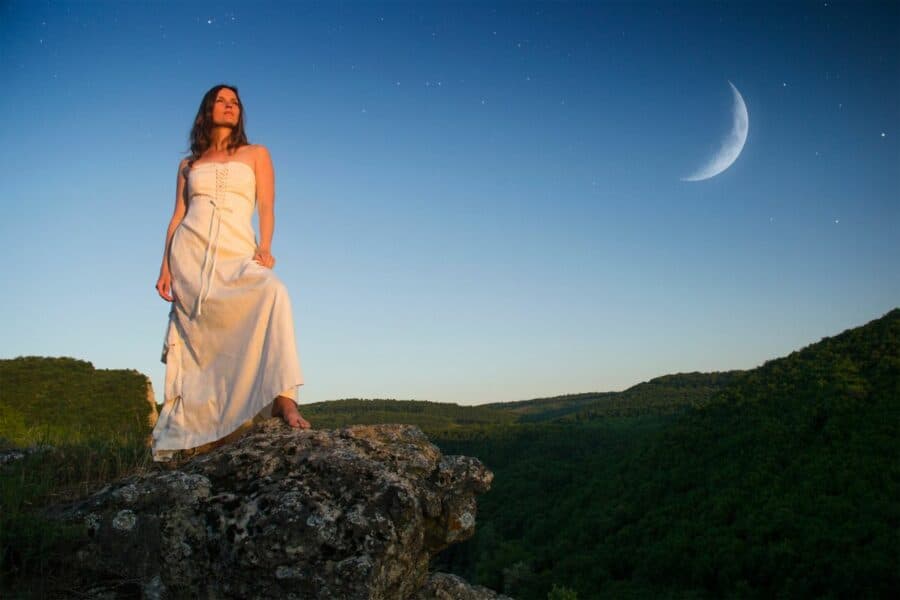
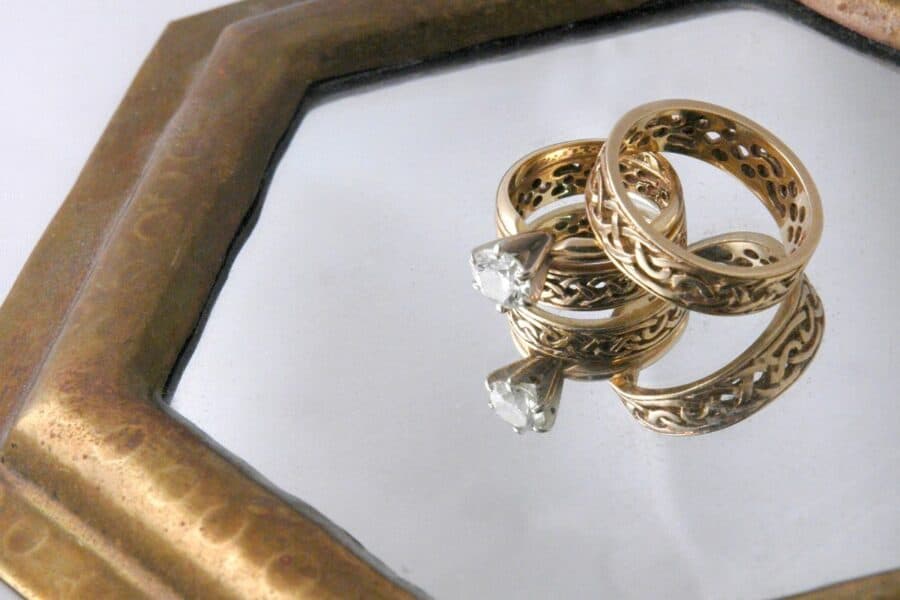
Leave a Comment